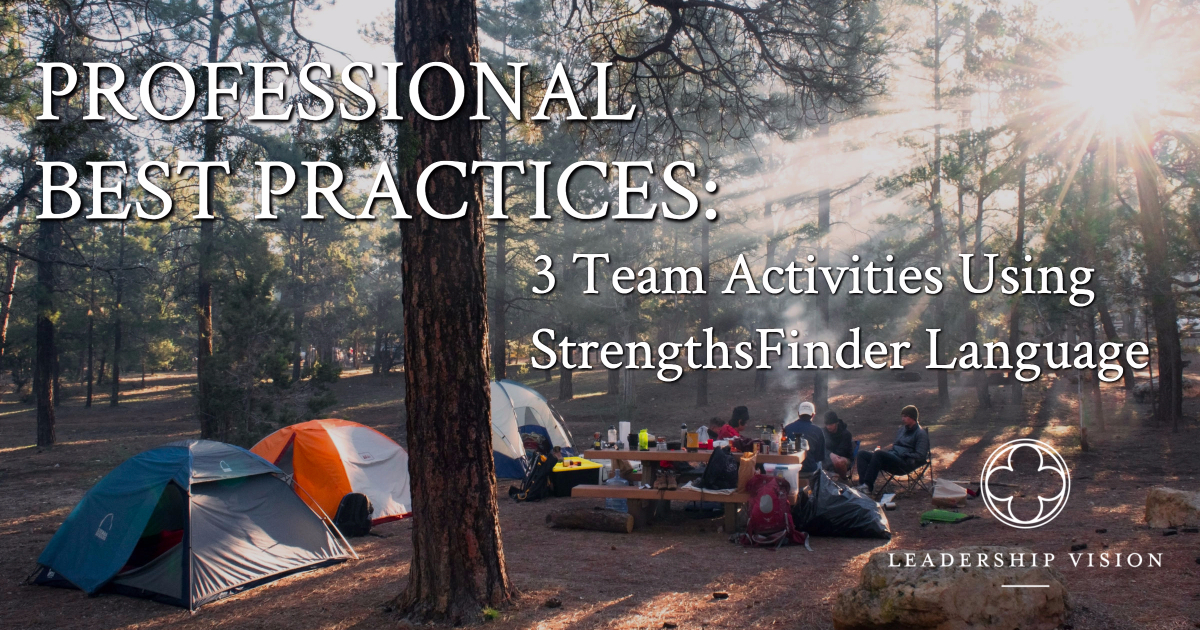Professional Best Practices: 3 Team Activities Using StrengthsFinder Language
When it comes to creating team building activities that actually work, we have found the best ones to be simple, repeatable, and sustainable. They must be personally understood and professionally applicable if they are going to make a difference in the given context. This is where the real challenge comes in.
Throughout my childhood, my family would go camping most weekends. I have so many great memories (flooded tents, being attacked by bees, leaky air mattresses), but also learned valuable life lessons.
Specifically, camping taught me three lessons I still use today and have integrated into the aforementioned simple, repeatable, sustainable model.
Life Lessons Learned from Family Camping
- Everything you need can be carried. Whatever we needed for camping could be carried from our car to the campsite. Nothing was too big to lift; Yes, some things required two people, but that’s the point.
- Do not be afraid to build something you need. My dad built a wooden, portable pantry to bring to our campsites. This portable pantry carried all our non-perishables and was built with special compartments for every kind of food, and even a drop down counter top.
- What you think you need, you can probably do without. Not a single camping trip ever occurred without our family forgetting something, no matter how thorough and complete our checklists. We always found ourselves innovating and creating unique solutions to our problems.
These lessons illustrate how to introduce professional best practices while using StrengthsFinder language to prompt team conversations and application:
- A professional best practice needs to be simple, portable and applicable.
- A professional best practice will require innovation and creativity to be sustainable.
- A professional best practice may need small adaptations along the way to stick.
Here are three team building activities we use on a regular basis to help team members better understand their Strengths, and those of the group:
Three Team Lessons and Activities for Professional Best Practices
For each of the Team Activities, facilitate the discussion by practicing the following model: reflection, conversation, discussion, application:
- Reflection: give team members 2-3 minutes to reflect on each set of questions, writing a few notes.
- Conversation: team members pair up, and share their answers with each other.
- Discussion: reassemble the group, ask each pair to share their share answers with the whole team.
- Application: ask the team to decide how they will apply some of the common themes.
First Lesson: everything you need can be carried.
Professional best practices need to be carried, quickly understood, and integrated. If a professional practice is ‘too big’ it cannot be quickly learned and applied. Many teams over-prepare and over ‘pack,’ layering ideas and exercises to the point where they are misunderstood, ignored or not helpful. Remember, if you cannot ‘carry’ something, it’s likely others cannot either.
Team Activity #1: Strengths-Based questions for right-sizing professional practices:
- Which of your StrengthsFinder Themes do you use most as a professional best practice? Provide a specific example.
- Is there a StrengthsFinder Theme that gets “too big”? For example, a Theme that may be misunderstood by others or often criticized?
- Which of your StrengthsFinder Themes can be rightly downsized so others may be able to learn from your professional best practice?
Second Lesson: do not be afraid to build something you need.
A professional best practice will involve innovation and creativity. Respond to specific needs, and create a new way to meet someone’s need. Once you create a valuable resource, you will always have it to enrich and deepen your relationships over and again.
Team Activity #2: Strengths-Based questions for innovation and creativity:
- Which of your StrengthsFinder Themes do you use for innovation and creativity? Provide an example
- Have you contributed to a team’s innovation or problem-solving? Which of your Strengths contributed to the solution?
- Which of your Strengths has helped someone else be more creative? Share the example.
Third Lesson: what you think you need you can probably do without.
Professional best practices are strengthened by challenges that test your capacity to adapt in the moment when you realize you do not have what you need. Keep an open mind and open hands. Learn through forgetting and try something new. Growing your professional best practice requires a willingness to adapt in small ways for a greater gain.
Team Activity #3: Strengths-Based questions for adapting and letting go:
- When your capacities are challenged, which StrengthsFinder Themes were being pushed to the limit? Cite an example.
- What current challenges do you face that require a small adaptation? Which of your Strengths will adapt and what do you hope is the outcome?
Professional best practices are simple, repeatable and sustainable. The challenge to establishing a set of professional best practices is making them personally understood and professionally applicable. By using the language of StrengthsFinder and the above team activities, you can have conversations which lead team members to play an active role in making professional best practices practical, personal, and meaningful.





